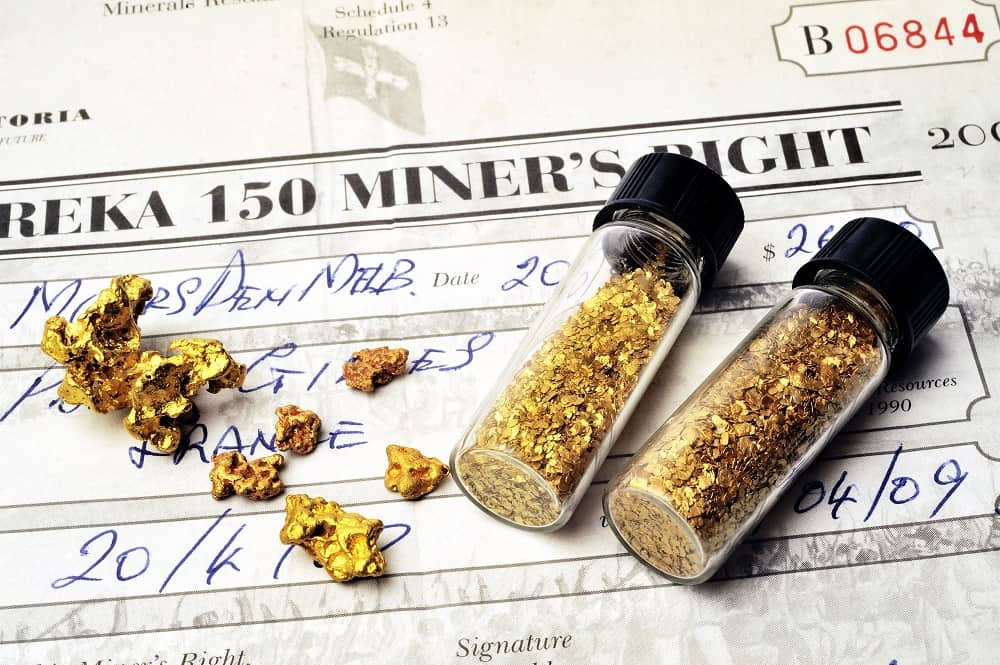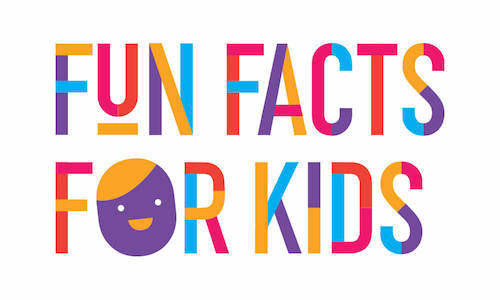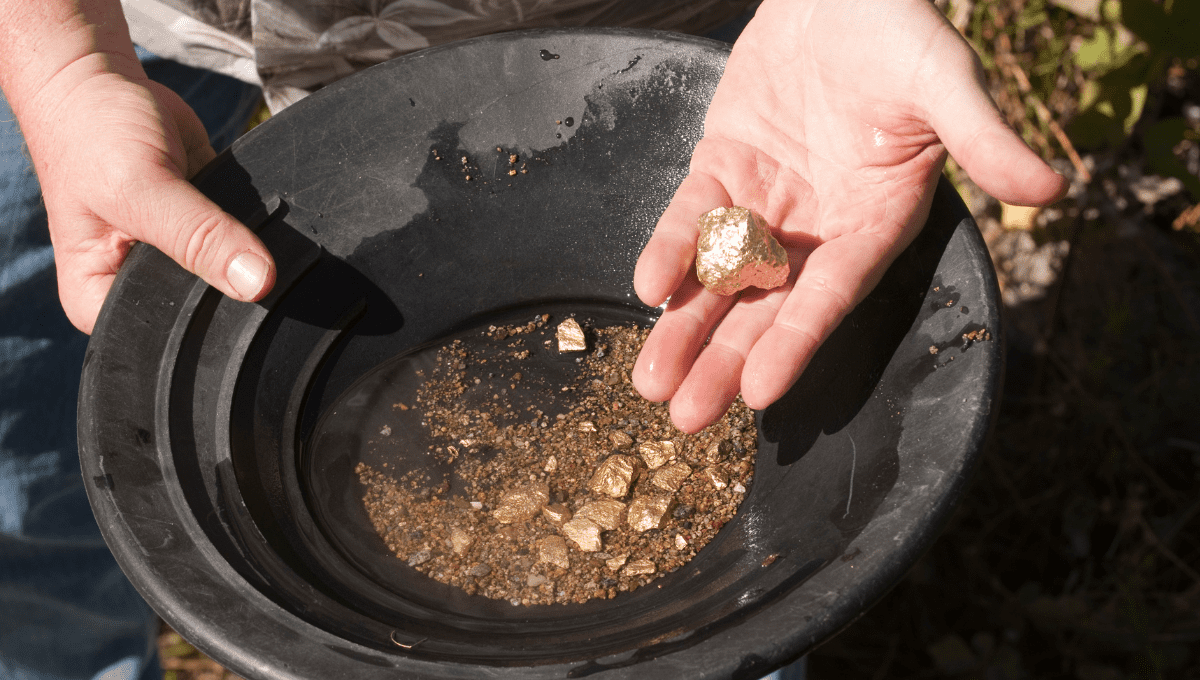Are you looking for gold rush facts for kids? The gold rush in Australia is an incredibly important part of our history. If you’re doing a school project about the gold rush, these fun gold rush facts for kids will help you learn all about this period in time and how the events of the Australia gold rush shaped our country.
Gold rush fun facts for kids: Gold rush history
The discovery of gold in various locations around Australia inspired the gold rush.
The Australian gold rush involved people from across the country. and from overseas. descending on the areas where gold was discovered in the hope of finding their fortune.
Australia gold rush: Early gold discoveries

Australia’s early gold discoveries were kept quiet in order to maintain peace and security and keep a stable community and workforce.
When thousands of people left Australia’s shores to follow the California gold rush in 1848/9, the New South Wales government had to go back on this decision in order to bring workers back to the country.
The gold rush in California turned out to be the perfect training ground so when the gold rush in Australia began, the gold rush pioneers came back to Australia bringing useful skills to help them mine for gold in Australia.
The Australian gold rush facts for kids
When flecks of gold were discovered in Bathurst in New South Wales in 1851, the government encouraged the search for gold as a way to draw people back to the area. Shortly after, gold was discovered in Victoria too.
Gold rush for kids: Australia immigration boom

When news of the gold discoveries was made public, Australians from other parts of the country left their jobs to travel and search for gold. As information spread further, thousands of immigrants began flocking to Australia to seek their fortune.
This movement of people to specific areas had a big impact. Some regions were left struggling with a lack of workers to carry out important duties, and the influx of people to the gold regions put immense pressure on these areas.
There were a number of gold rushes in different locations around Australia in the years that followed. As new discoveries were made, people rushed to that area in the hope of tapping into the wealth and finding their fortune.
The gold rush had a big impact on Australia’s population.
Over the two decades following the first gold rush, Australia’s population exploded as people travelled from all over the world to search for gold in Australia. Australia’s population actually quadrupled during this time!
People travelled from China, the UK, Germany and the United States to be part of the Aus gold rush.
This massive influx of people meant people from diverse backgrounds speaking different languages were thrown together in challenging living situations. These people were competing to find the gold, as well as competing with one another to survive in Australia’s harsh landscape. This fuelled racial unrest and violent riots erupted on the goldfields.
Australian gold rush facts: Conditions on the goldfields
Conditions on the goldfields were very harsh. Miners were living on the land, sometimes in tents or in huts and they worked from dawn til dusk. It was exhausting, hot, dirty work.
Clean drinking water in the goldfields wasn’t always easy to find. There was little protection from the extreme weather or from Australia’s wildlife. Living conditions on Australia’s goldfields were very poor and there were a lot of medical issues and diseases around, plus there was a lack of medical care as people were living away from town so they didn’t have easy access to a doctor or medicine. Water sources were polluted from the gold mining, and diseases spread quickly with everyone living so close together.
Gold mining was a dangerous career as there were mine shafts and dangerous equipment like diggers. Injuries were common, and mines sometimes exposed miners to dangerous hidden gases.
The number of women living in the goldfields grew over time with them doing domestic duties, raising children and also setting up businesses and selling and trading goods. Kids helped in the domestic duties too if they weren’t being schooled.
Living on the goldfields was a rough way of life for everybody and only a small few discovered gold and found their fortune in Australia’s gold rushes.
Gold rush for kids: Keeping law and order on the goldfields
It was difficult to maintain order on the goldfields as the gold mining areas were out of town and they created their own communities.
Crime was common and disputes over gold discoveries often became violent. There were no safe places to stash a gold discovery so people were forced to carry gold around on their person to keep it as safe as possible. This meant people were often a target for thieves and robbers.
Eventually, a security escort service was created to safely transport gold into the cities. These escorts were prone to attacks though as they were known to be moving gold around and it made them targets.
To maintain order on the goldfields, gold licenses were brought in where miners had to pay to mine for gold in New South Wales and Victoria. One of the aims of this was to help raise funds to cover the cost of policing these regions.
The gold licenses were a controversial issue as the fee was a big investment for miners who were poor. Many gold seekers weren’t successful and couldn’t afford to pay the gold permit fee in the hope that they might discover gold one day.
The introduction of gold licenses is what eventually led to a big rebellion. This was known as the Eureka Stockade and it was caused because the miners were angry.
While a number of miners lost their lives in clashes with the police and military, the government had a rethink and began charging tax on gold discoveries instead which was a much fairer system as only successful gold hunters had to pay and those who were yet to discover gold were free to continue searching for gold.
The gold rush in Australia for kids: Quick facts
- The discovery of gold was publicly announced on 14 May 1851.
- The Victorian gold rush was far bigger than the New South Wales gold rush.
- The gold rush diversified Australia’s population and new people brought new ideas to the country.
- The gold rush had a devastating impact on the environment and local wildlife. Trees were cut down and the landscape was destroyed. Pollution and erosion had a terrible impact and you can still see the effects on the land today.
- A place where someone was digging was called their ‘claim’. To keep this ‘claim’ area they had to work the plot for six days of the week (they got Sundays off) otherwise someone else would take it over.
Australia Gold rush facts for kids
If you’re wondering what impact did the gold rush have on Australia, the answer is a HUGE impact!
The Australian gold rush changed the country in so many ways. It changed our population both in terms of numbers and in diversity, it changed how politics, law and order worked, and it inspired the exploration of remote locations. The discoveries of gold brought wealth to Australia and development was able to boom.
Australian gold rush for kids
Can I search for gold in Australia today?
Yes! There are still lots of locations where you can search for gold in Australia. There are many gold fossicking sites in Australia, although you’ll need a permit which you can usually get online or at a local visitor’s centre.
Gold rush in Australia facts
I hope you found this gold rush information useful!
More facts for kids
If you are looking for more great facts for kids to help with projects, check out our articles:

